(NLDO)- According to the Government leader, when district-level police are abolished, officers will be assigned to the grassroots level, the place closest to the people.
On the afternoon of February 14, discussing in groups about adjusting the GDP growth target for 2025 from 8% or more, Prime Minister Pham Minh Chinh mentioned the content of abolishing district-level police when implementing the organization's restructuring and streamlining.
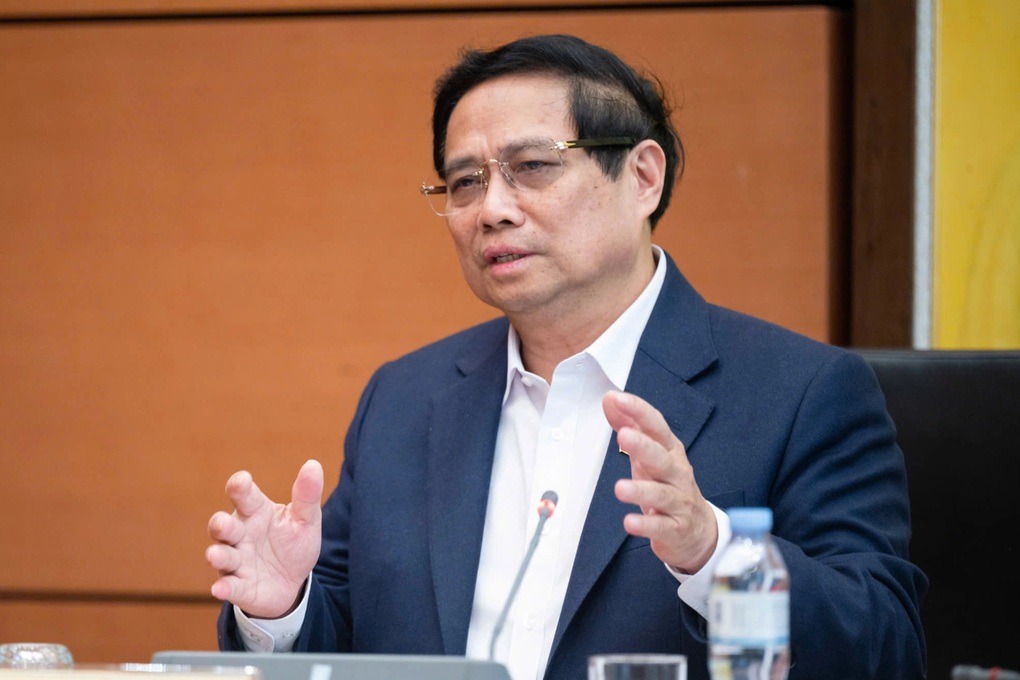
Prime Minister Pham Minh Chinh speaks at the group discussion on the afternoon of February 14. Photo: Pham Thang
According to the Prime Minister, the goal is to develop the country. To do so, it is necessary to reform the organizational apparatus, improve the operational efficiency of the organizational apparatus; reduce administrative procedures; and eliminate the "ask - give" mechanism.
From organizing the apparatus, arranging and assigning suitable personnel, improving the quality and restructuring the team of civil servants and public employees appropriately, and strengthening grassroots guidance.
"Why did we recently decide to abolish district-level police?" - The Prime Minister raised the issue and said that when implementing the abolition of district level to reorganize, some cadres were sent to the province but the majority were transferred to the grassroots level, this is the level closest to the people.
According to the Government leader, everything happens at the grassroots level. Emphasizing the goal of happiness and prosperity for the people, while the people are at the grassroots level, wards and communes, the Prime Minister said that to take care of the people, it is necessary to strengthen the grassroots force.
Prime Minister Pham Minh Chinh also stated that we have worked synchronously in the past and there is still much work to do from now until the end of the year. "This requires the consensus of the entire political system, the participation of people, businesses, and the support of international friends. When we have determined to do something, we must be determined, united, and unified. What we say is what we do, and what we do must produce material wealth and specific products to bring happiness and prosperity to the people," said the Prime Minister.
Regarding the economic growth target, the Prime Minister said that at the 10th Central Conference, the growth target of 6.5 - 7% was determined to be difficult. Emphasizing that the more difficult it is, the more pressure there is, the more effort we must make, according to the Prime Minister, this is the tradition of our nation from the past to the present, and also the core culture of the country, the more difficult it is, the more united and unified we are, and we have overcome it.
That is also the reason why the Government reported to the Politburo, the Central Committee, and the National Assembly that it is possible to strive for a higher target in 2025, specifically raising it to over 8% instead of 6.5 - 7%. According to the Government leader, if we do not set it like that, the average growth rate of 6 - 7% per year will be difficult to achieve the two 100-year targets, so we must promote higher growth.
In addition to the solutions outlined in the proposal submitted to the National Assembly, the Prime Minister noted the need to create creative space for ministries, branches, localities, businesses and related entities in achieving growth targets.
Along with that, it is necessary to promote solutions to promote public investment to lead private investment; promote 3 strategic breakthroughs. The Prime Minister also emphasized the development of high-quality human resources, development based on science, technology and innovation.
At this 9th extraordinary session, the Government submitted to the National Assembly for consideration and comments on adjusting the growth rate of gross domestic product (GDP) to 8% or more (previously the National Assembly's target was 6.5 - 7%, striving for 7 - 7.5%); the average growth rate of the consumer price index (CPI) is about 4.5 - 5%.
If necessary, the State budget deficit can be adjusted to about 4-4.5% of GDP to mobilize resources for development investment; public debt, government debt, and foreign debt can reach or exceed the warning threshold of about 5% of GDP.
To achieve a growth scenario of 8% or more, the Government believes that there needs to be new thinking, new ways of doing things, breakthroughs in institutions and solutions; thorough decentralization and delegation of power. Complete the work of streamlining the organizational apparatus to be lean, effective and efficient, so as not to affect the people and the production and business activities of enterprises in the short term.
In addition, promote the leading role of growth of dynamic regions, economic corridors and growth poles. In particular, the GRDP growth of localities in 2025 must be at least 8-10%, especially Hanoi, Ho Chi Minh City, potential localities, large cities that are locomotives and growth poles must strive for a growth rate higher than the national average; have appropriate incentive mechanisms for localities with high growth, with regulation to the Central Government.
Source: https://nld.com.vn/thu-tuong-noi-ve-viec-bo-tri-can-bo-khi-bo-cong-an-cap-huyen-196250214175146103.htm


![[Photo] Bustling construction at key national traffic construction sites](https://vstatic.vietnam.vn/vietnam/resource/IMAGE/2025/5/2/a99d56a8d6774aeab19bfccd372dc3e9)


![[Photo] "Lovely" moments on the 30/4 holiday](https://vstatic.vietnam.vn/vietnam/resource/IMAGE/2025/5/1/26d5d698f36b498287397db9e2f9d16c)

![[Photo] Binh Thuan organizes many special festivals on the occasion of April 30 and May 1](https://vstatic.vietnam.vn/vietnam/resource/IMAGE/2025/5/1/5180af1d979642468ef6a3a9755d8d51)
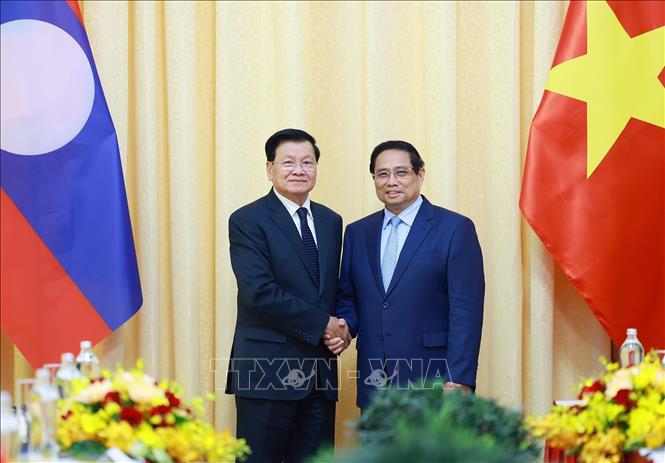

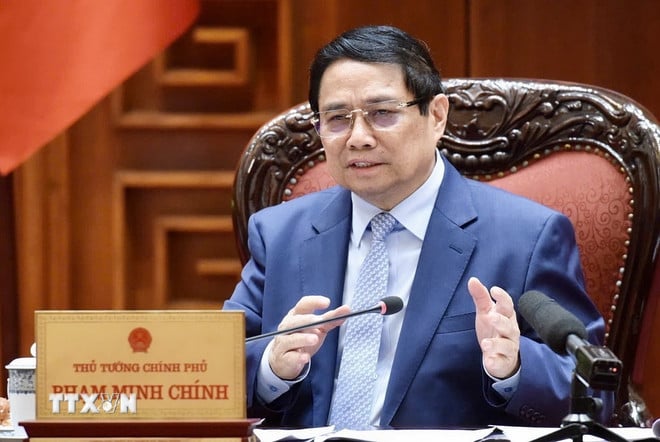

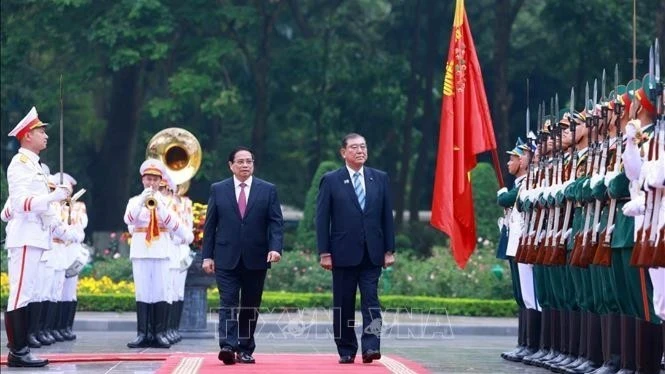

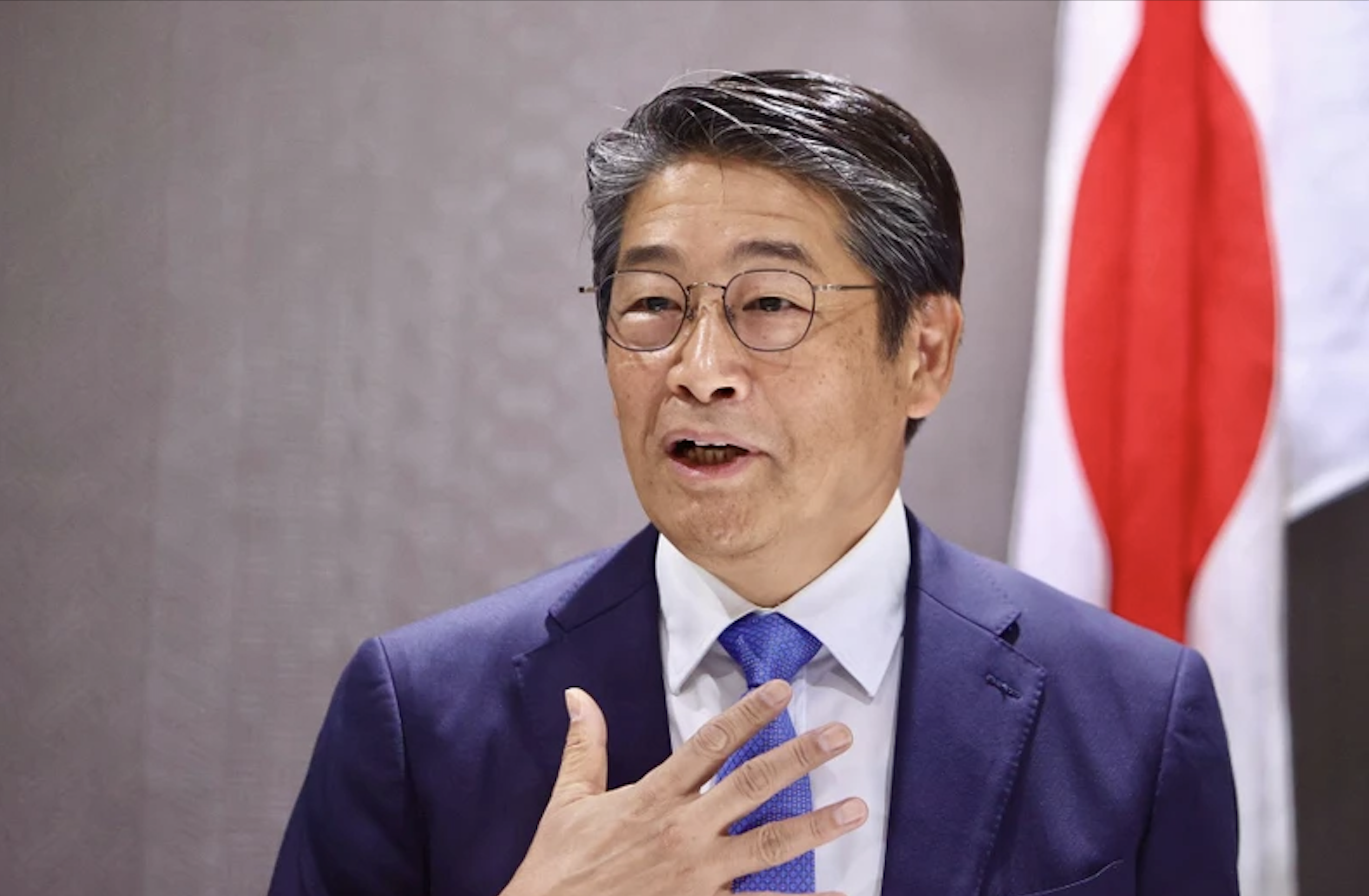
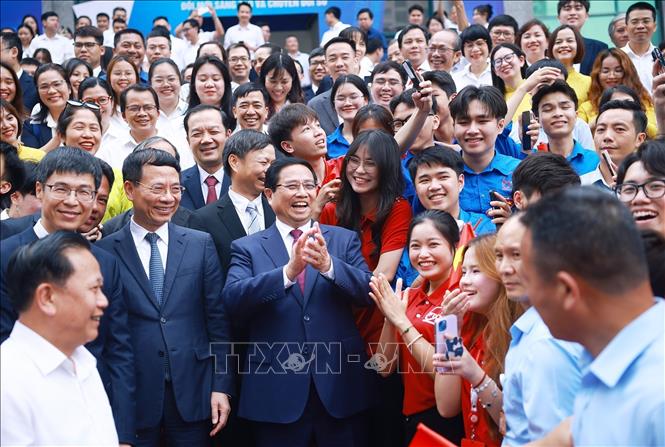
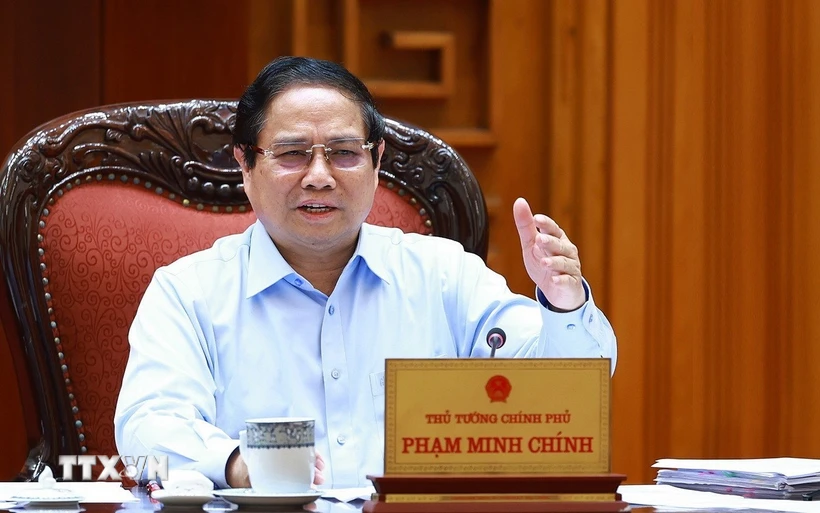



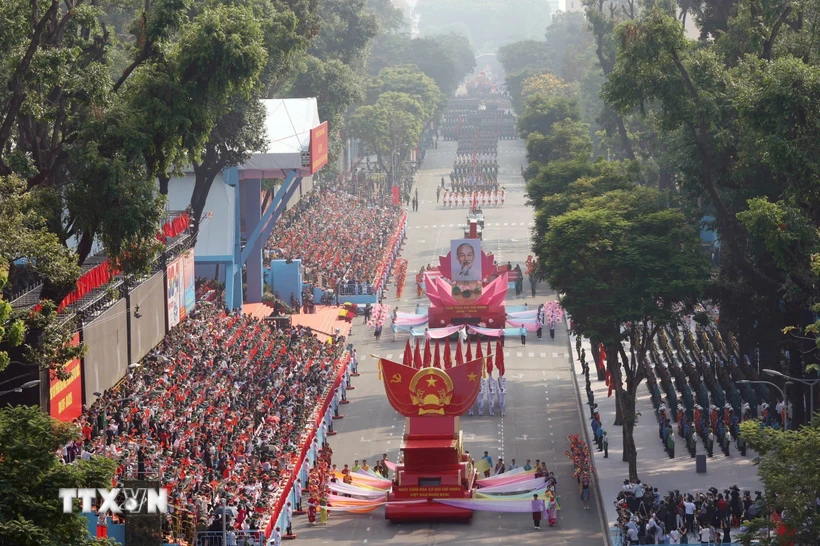
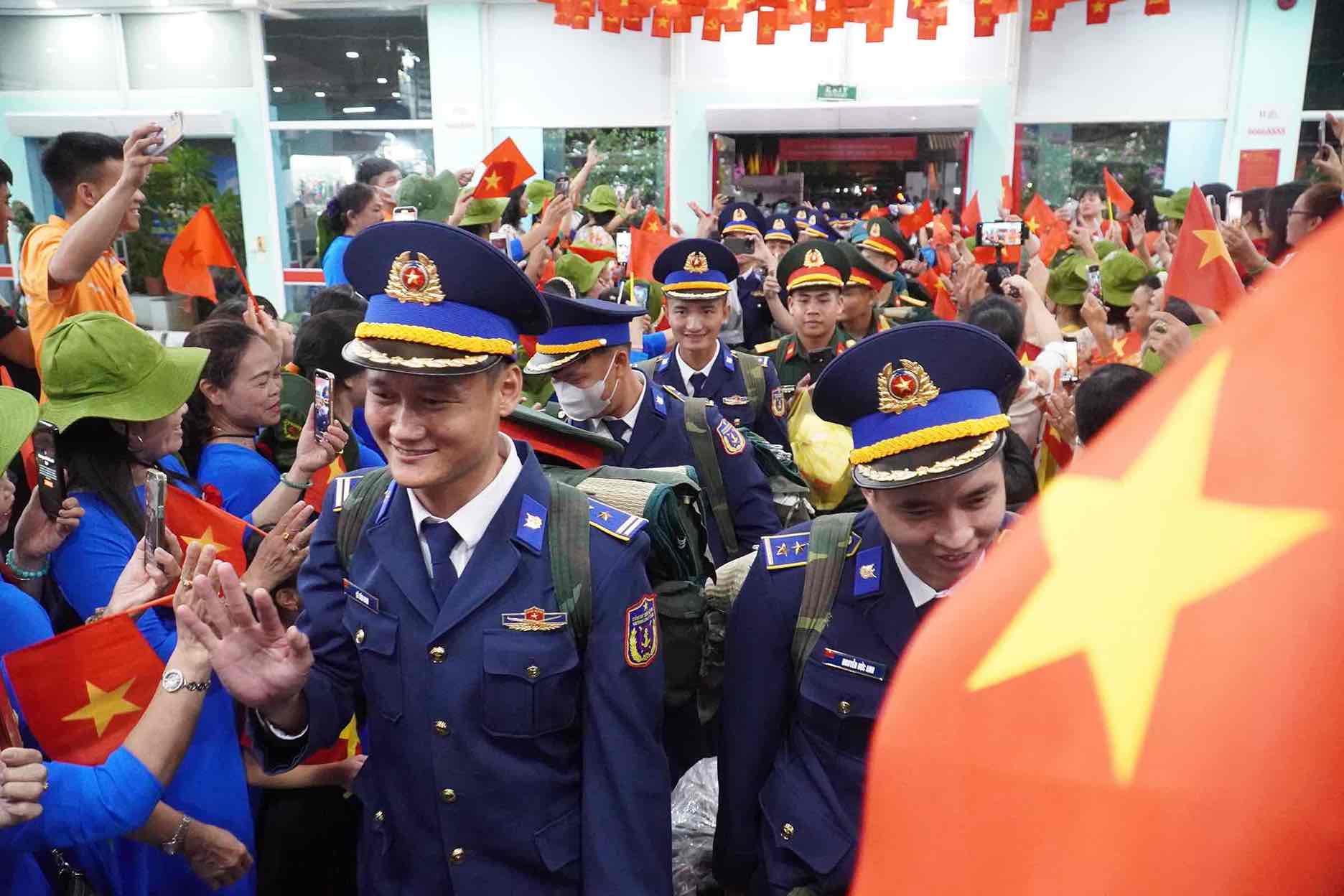

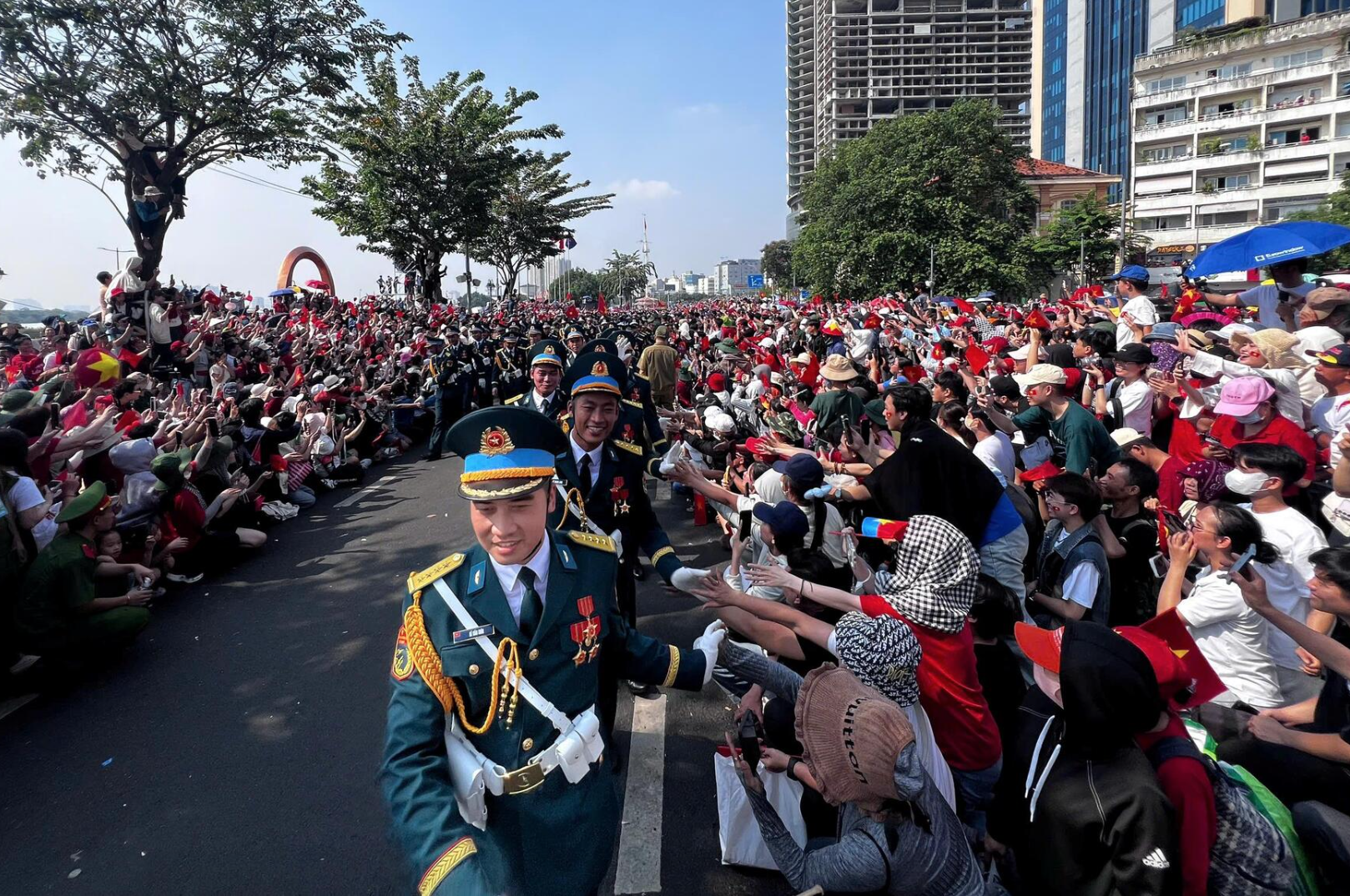





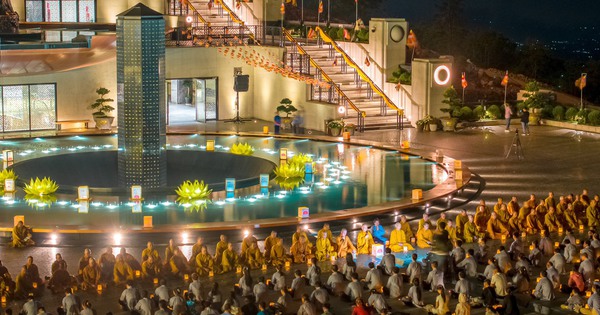


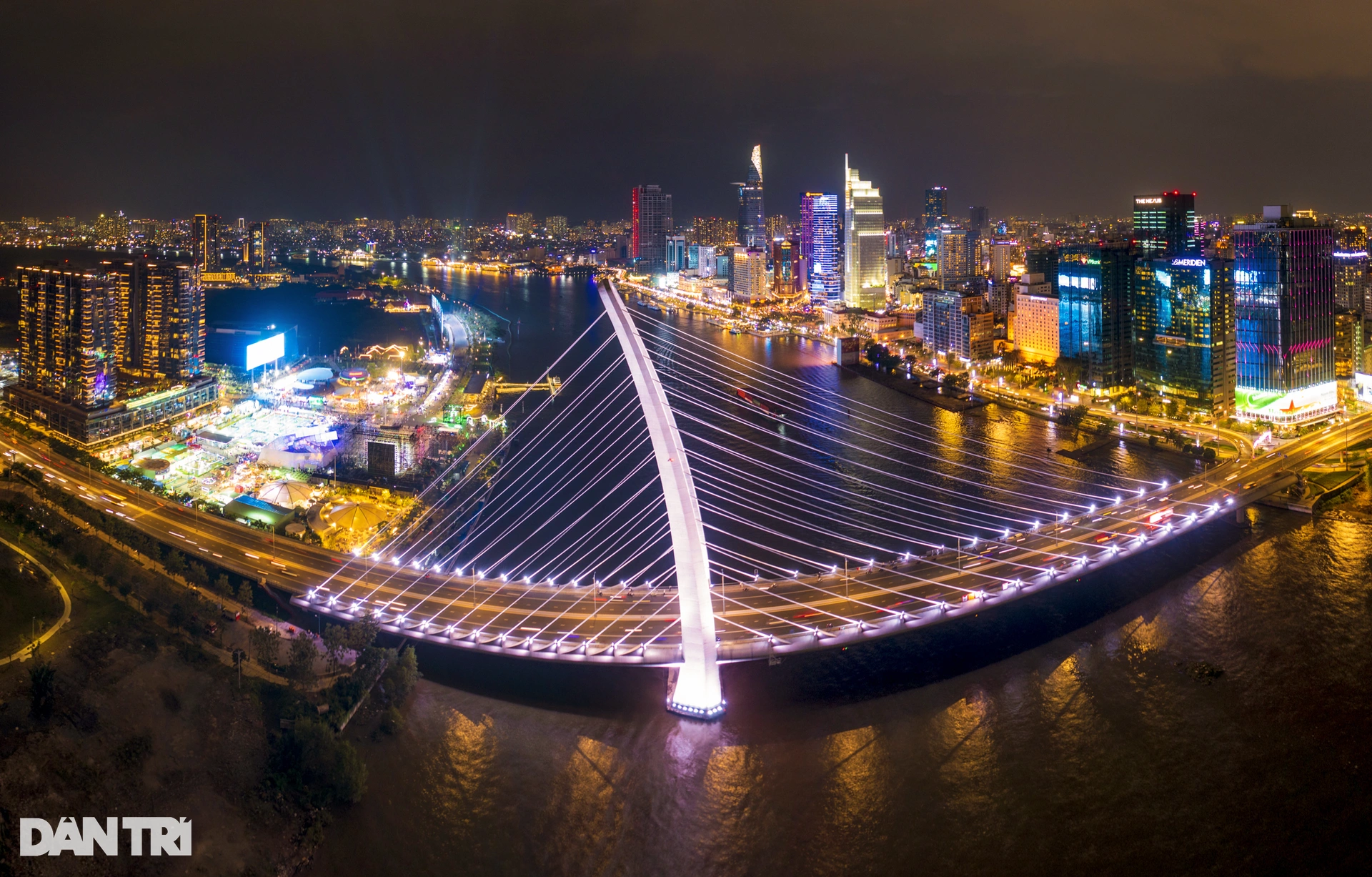
![[Photo] Ha Giang: Many key projects under construction during the holiday season](https://vstatic.vietnam.vn/vietnam/resource/IMAGE/2025/5/1/8b8d87a9bd9b4d279bf5c1f71c030dec)










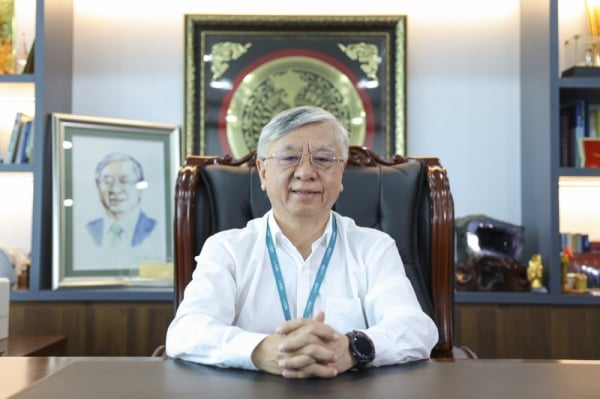

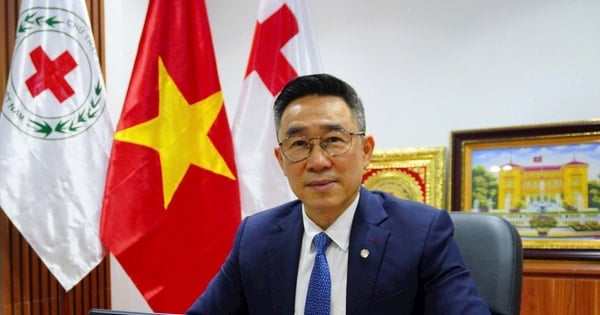












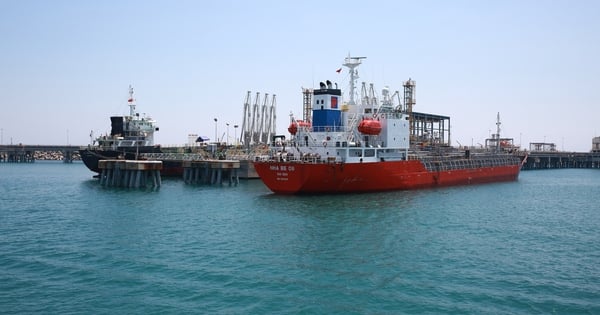


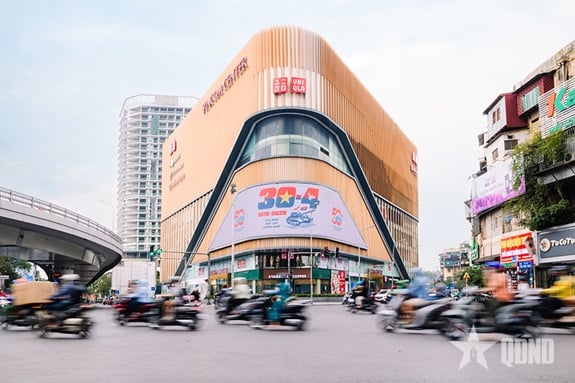





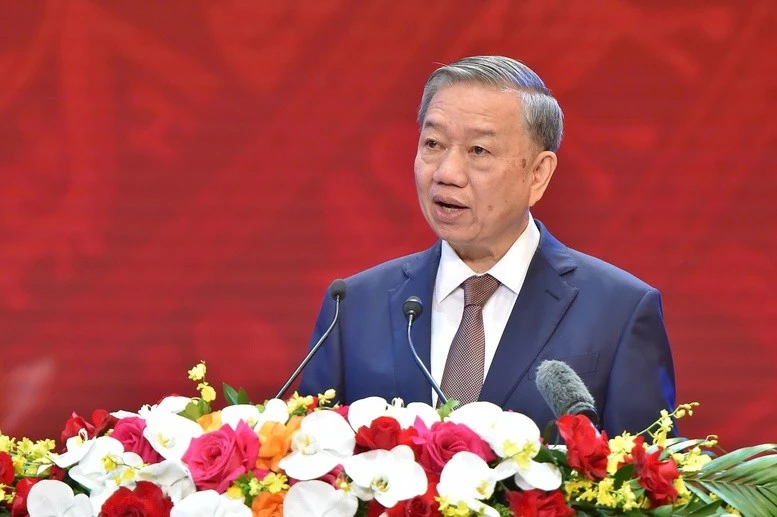
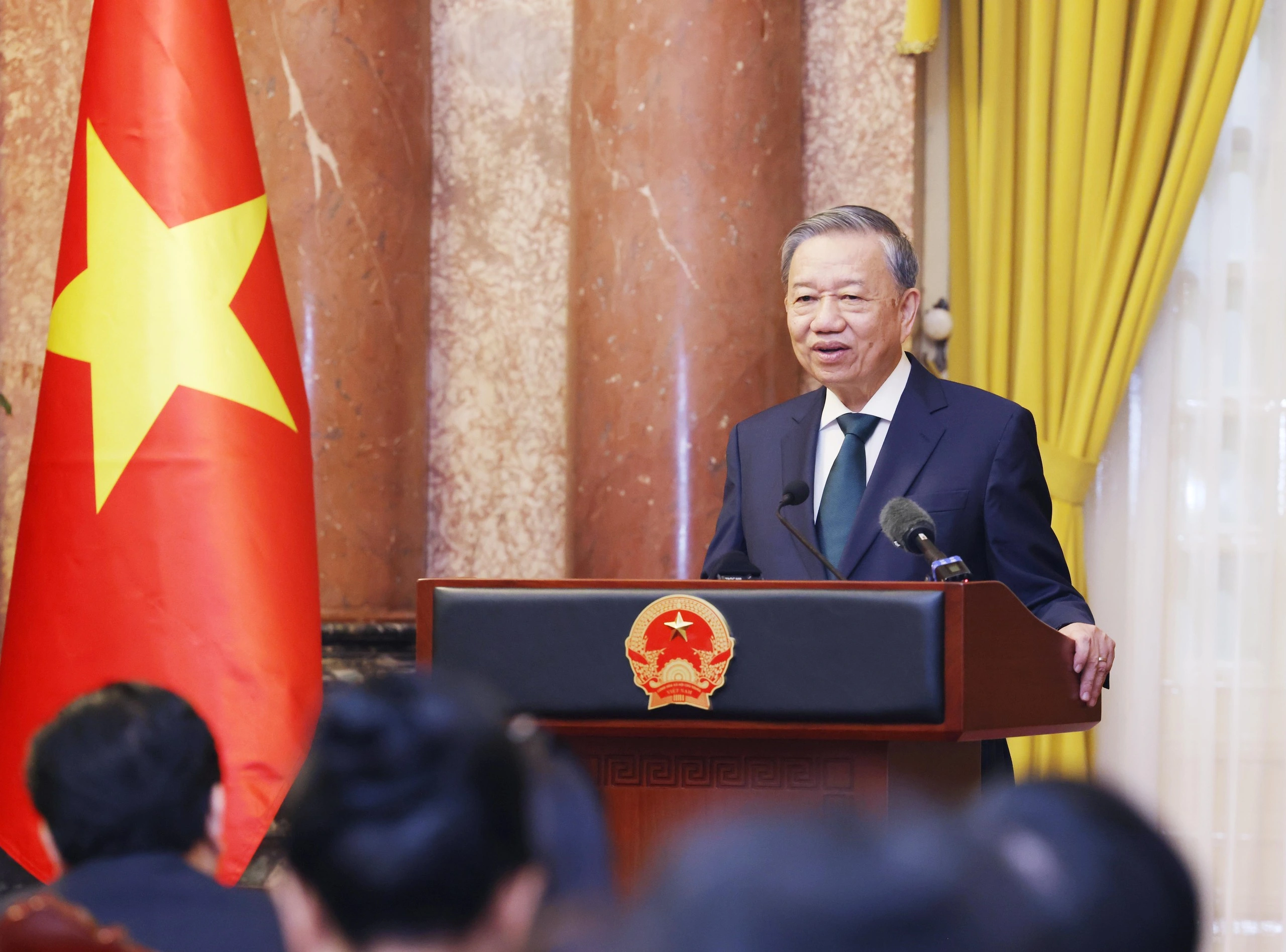
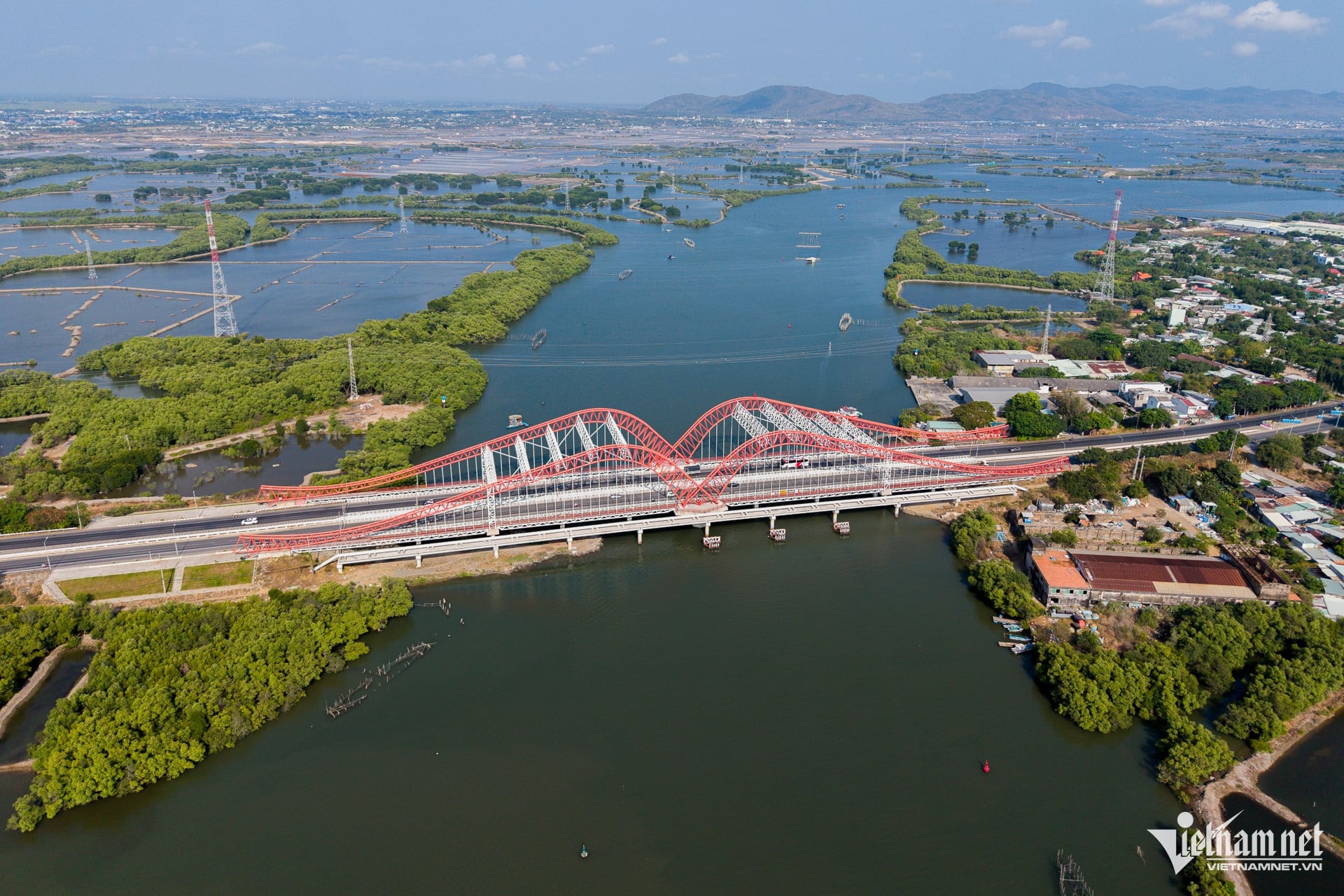
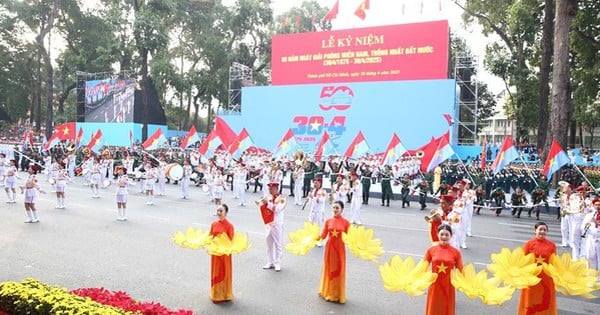

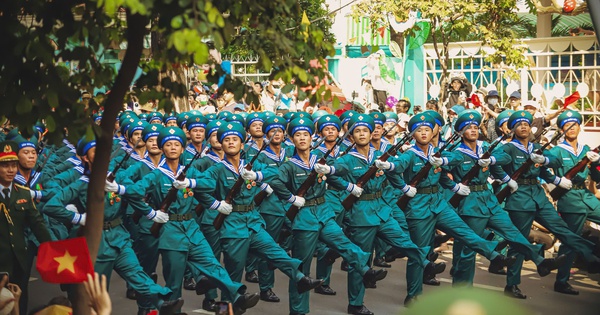

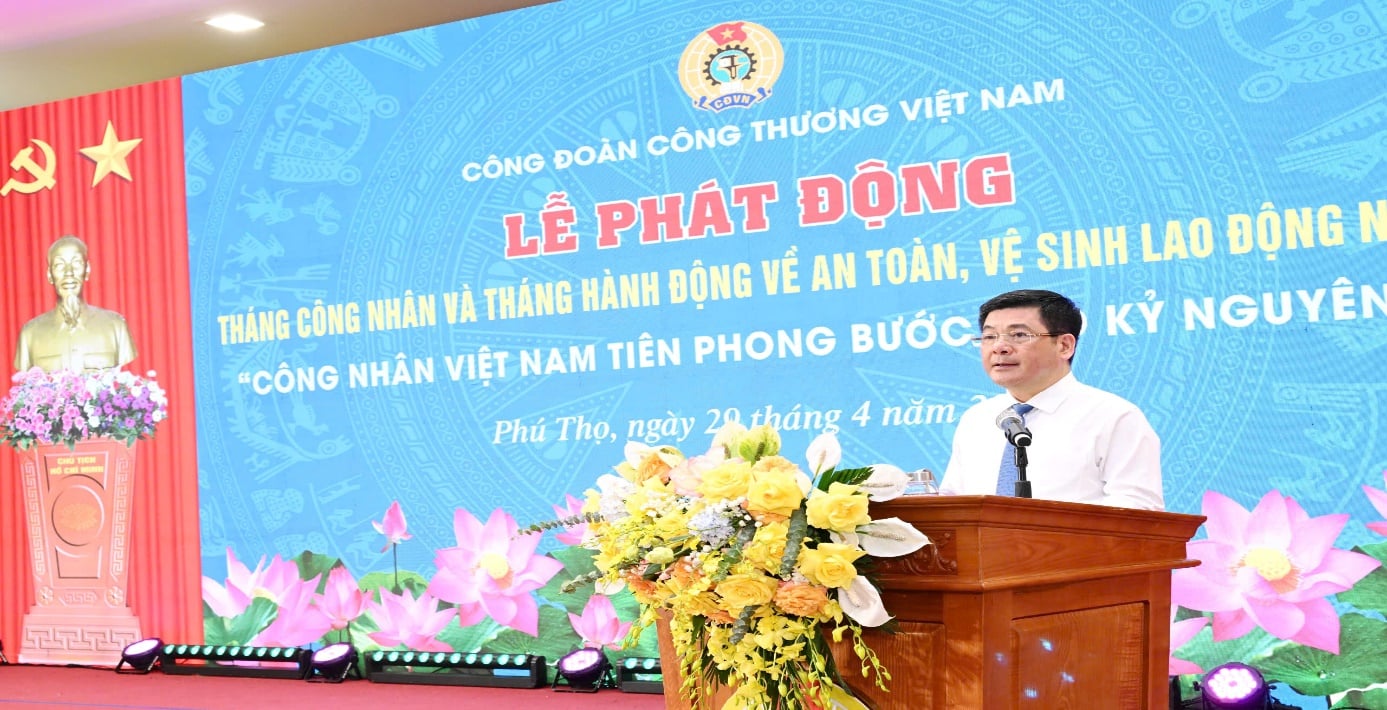


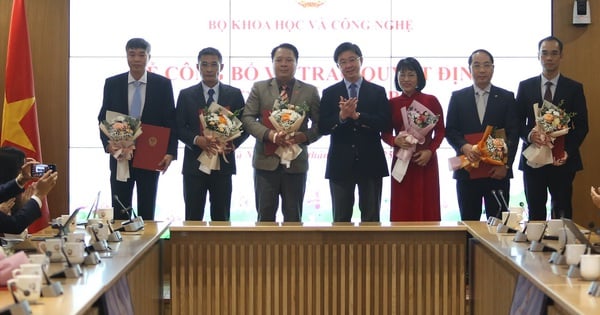










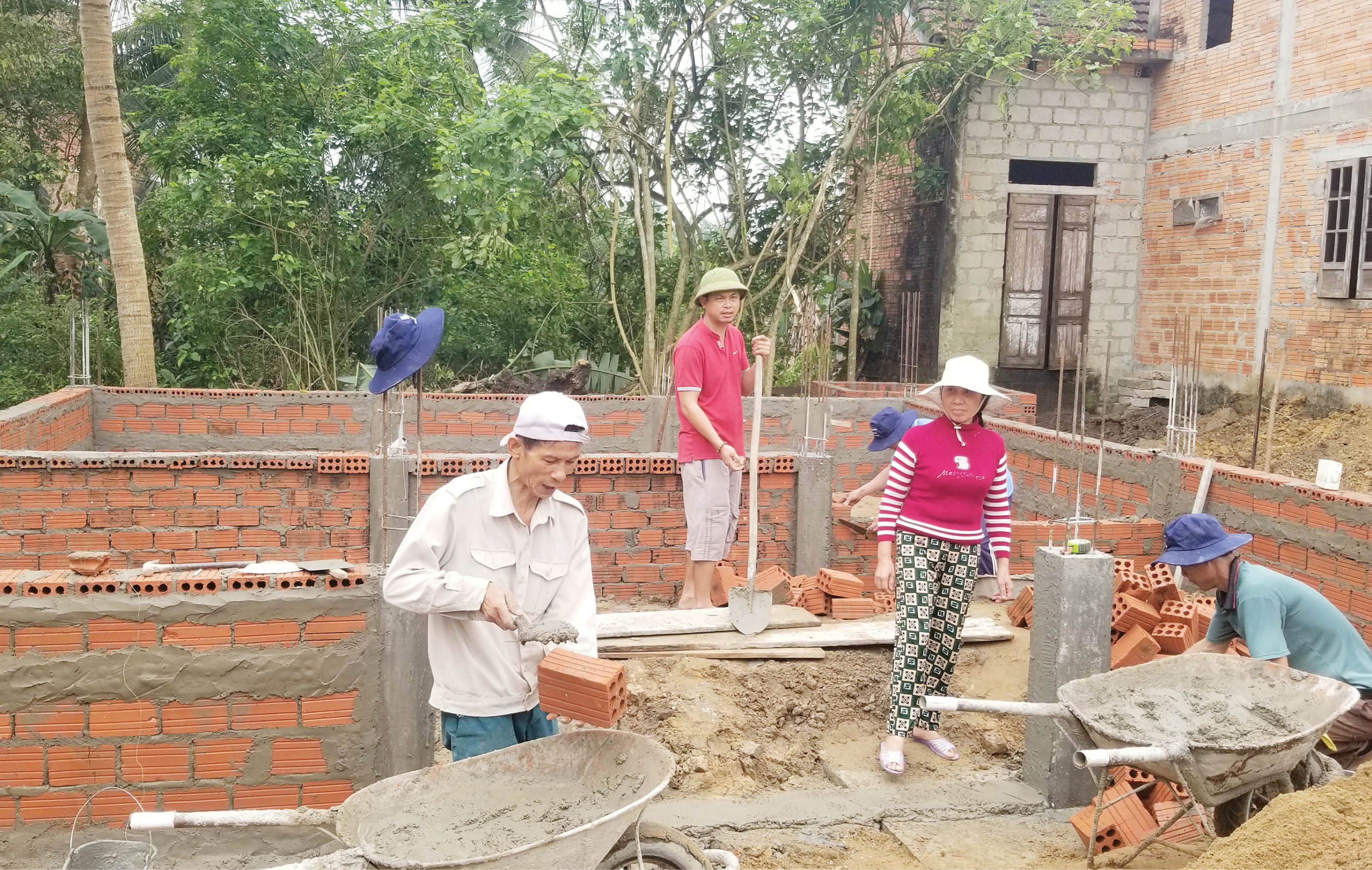

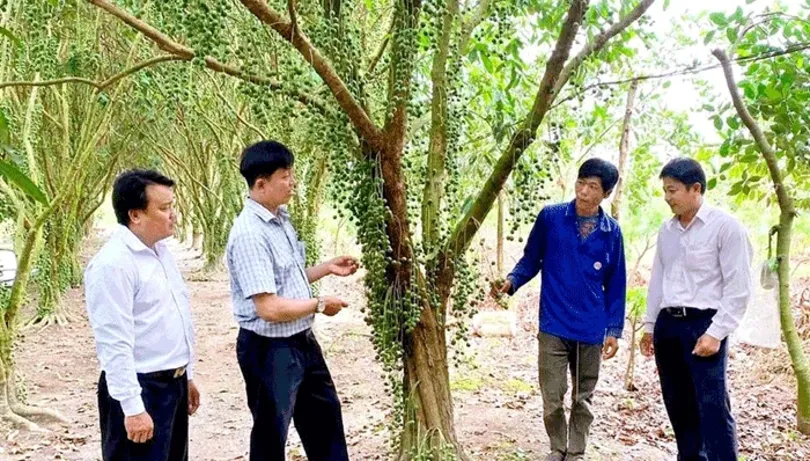






Comment (0)